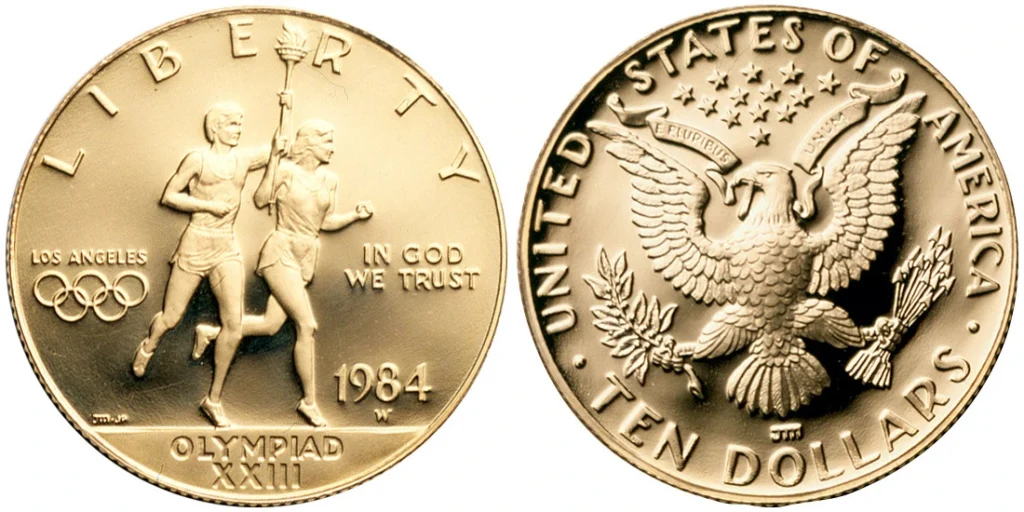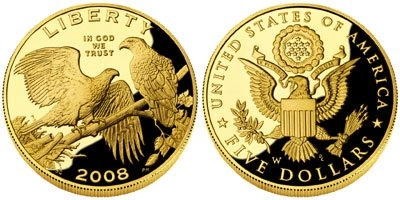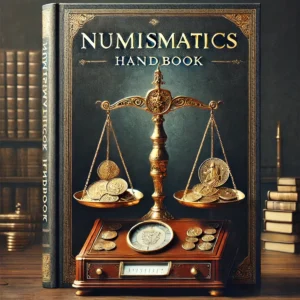Commemorative Coins: Key Dates, Errors & Pricing
Discover the history, iconic designs, rare varieties, and collector demand behind U.S. commemorative coins — from classic silver half dollars to modern gold and silver issues honoring people, places, and pivotal moments.

📘 Download the full guide: Numismatics Handbook — A +135-page expert resource on U.S. coin collecting.
Why Commemorative Coins Matter
Since 1892, the U.S. Mint has issued commemorative coins to celebrate everything from historical anniversaries to national heroes. These coins are often produced in limited numbers and sold directly to collectors — many have become valuable over time due to their scarcity, beauty, and cultural importance.

Collectors love commemorative coins for:
🪙 Low Mintage Rarities — Many were only struck for one year
🏛️ Historical Themes — From Civil War to civil rights
💎 Collector Demand — Especially for classic silver halves
🧩 Design Excellence — Sculpted by top U.S. artists
🔥 Modern Bullion Appeal — Silver & gold options with precious metal value
Classic vs. Modern U.S. Commemoratives
| Era | Years | Metal | Notable Coins |
|---|---|---|---|
| Classic Era | 1892–1954 | Mostly silver | 1893 Columbian Expo, 1936 Gettysburg, 1925 Lexington-Concord |
| Modern Era | 1982–present | Silver, gold, clad | 1982 George Washington, 1999 Dolly Madison, 2001 Capitol Visitor Center |

✅ Quick Tip: Classic commemoratives often have the highest collector premiums due to artistic merit and lower survival rates.
Key Features of Commemorative Coins
✨ Design Diversity
Each coin celebrates a unique story — cities, presidents, landmarks, and major historical events.
🏛️ Historical Significance
Commemorative coins track American culture from World’s Fairs to space exploration.
🥈 Silver & Gold Content
Modern silver coins are .900 or .999 fine silver; many gold versions are .900 gold.
💎 Limited Production
Many issues were minted in quantities under 100,000 — creating built-in scarcity.
✅ Collector Insight: Focus on original packaging or PCGS/NGC-slabbed examples to maximize value and resale potential.
Most Valuable Commemorative Coins
| Coin | Estimated Value | Why It’s Valuable |
|---|---|---|
| 1892 Columbian Exposition Half | $100–$1,000+ | First U.S. commemorative coin |
| 1928 Hawaiian Half Dollar | $1,000–$5,000+ | Low mintage (~10,000), exotic theme |
| 1935 Hudson NY Half Dollar | $1,500–$7,500+ | Scarce and artistic |
| 1915 Panama-Pacific $50 Round | $50,000–$150,000+ | Massive gold coin — limited mintage |
| 2000 Library of Congress $10 | $1,000+ (PR70DCAM) | Only U.S. coin with a platinum and gold blend |
Comparison: Classic vs Modern Commemoratives
| Feature | Classic Era (1892–1954) | Modern Era (1982–Present) |
|---|---|---|
| Themes | Historical sites, expos | People, anniversaries, causes |
| Metal | Silver | Silver, gold, clad |
| Mintage | Very low (5,000–100,000) | Higher (up to 500,000+) |
| Demand | High among collectors | More tied to theme/popularity |
| Premium Potential | High | Depends on rarity & grade |
✅ GoldSilverStacks Insight: Focus on classic issues for numismatic value and modern issues for bullion stacking and set building.
Common Errors and Varieties in Commemorative Coins
🛠️ Top Issues to Look For:
- Die breaks & clashes on modern silver issues
- Strike-through errors on commemorative proofs
- Missing edge lettering on gold pieces (rare)
- Misaligned dies (clad commemoratives, especially 1980s)
- Low pop high-grade slabbed coins (PR70, MS70)

✅ Error Tip: Always verify errors through NGC or PCGS — modern error commemoratives are rare and highly valuable when certified.
How to Sell Commemorative Coins
Step 1: Sort by Era & Condition
Classic silver halves = higher demand. Slabbed coins = better pricing.
Step 2: Use the Right Selling Platform
| Coin Type | Platform |
|---|---|
| Common modern coins | eBay, coin shows |
| Certified MS/PR70 | GreatCollections, Heritage |
| Classic rare halves | Auction houses, high-end dealers |
Step 3: Include Packaging & Provenance
✅ Original Mint packaging adds collector value and buyer trust.
How to Store Commemorative Coins
🏛️ Use slabs or archival capsules for long-term safety
🌡️ Store in dry, climate-controlled areas
🧤 Handle with gloves or hold edges only
🧽 Never clean — proof finishes are fragile and easily scratched
✅ Bonus: Early commemoratives with original rainbow toning can sell for 25–100% more at auction!
Frequently Asked Questions About US Commemorative Coins
What are U.S. commemorative coins?
Commemorative coins are special U.S. Mint issues that honor historic events, people, places, or anniversaries. They’re often produced in limited quantities and sold directly to collectors.
What is the difference between classic and modern commemoratives?
Classic commemoratives were minted from 1892 to 1954, mainly in silver, and often have low mintages and artistic designs. Modern commemoratives (1982–present) come in silver, gold, and clad, and cover a broader range of themes like civil rights, sports, and space exploration.
Which U.S. commemorative coins are the most valuable?
Top-tier examples include the 1935 Hudson Half Dollar ($1,500+), 1928 Hawaiian Half ($5,000+), and the 1915 $50 Panama-Pacific Gold Coin, which can sell for $100,000+ in high grade.
Are commemorative coins made of silver or gold?
Yes. Many commemoratives are minted in .900 or .999 fine silver, and select issues (like the Library of Congress $10) are .900 gold or even bimetallic gold-platinum blends.
Are commemorative coins legal tender?
Yes — commemorative coins have legal tender status, but they’re not intended for circulation. Their face value is often symbolic compared to their market or metal value.
How do I know if my commemorative coin is valuable?
Check for low mintage years, unusual themes, proof designations (PR/MS 69–70), and whether the coin has original packaging or certification from PCGS/NGC.
Should I keep the original Mint packaging?
Absolutely. Original U.S. Mint packaging, certificates of authenticity (COA), and presentation boxes increase resale value and buyer trust — especially for modern proof coins.
Are modern commemorative coins a good investment?
Modern issues tend to follow bullion prices unless they are key dates or low-population grades (PR70, MS70). Classic commemoratives generally offer stronger numismatic upside.
Where can I sell my commemorative coins?
- eBay: Great for bulk modern issues or common proofs
- GreatCollections / Heritage: For graded MS/PR70 or classic halves
- Local dealers or coin shows: For faster transactions
Should I clean my commemorative coins before selling?
No. Cleaning proof or high-grade coins can instantly destroy their value. Leave any commemoratives — especially silver or gold — untouched for best resale.

